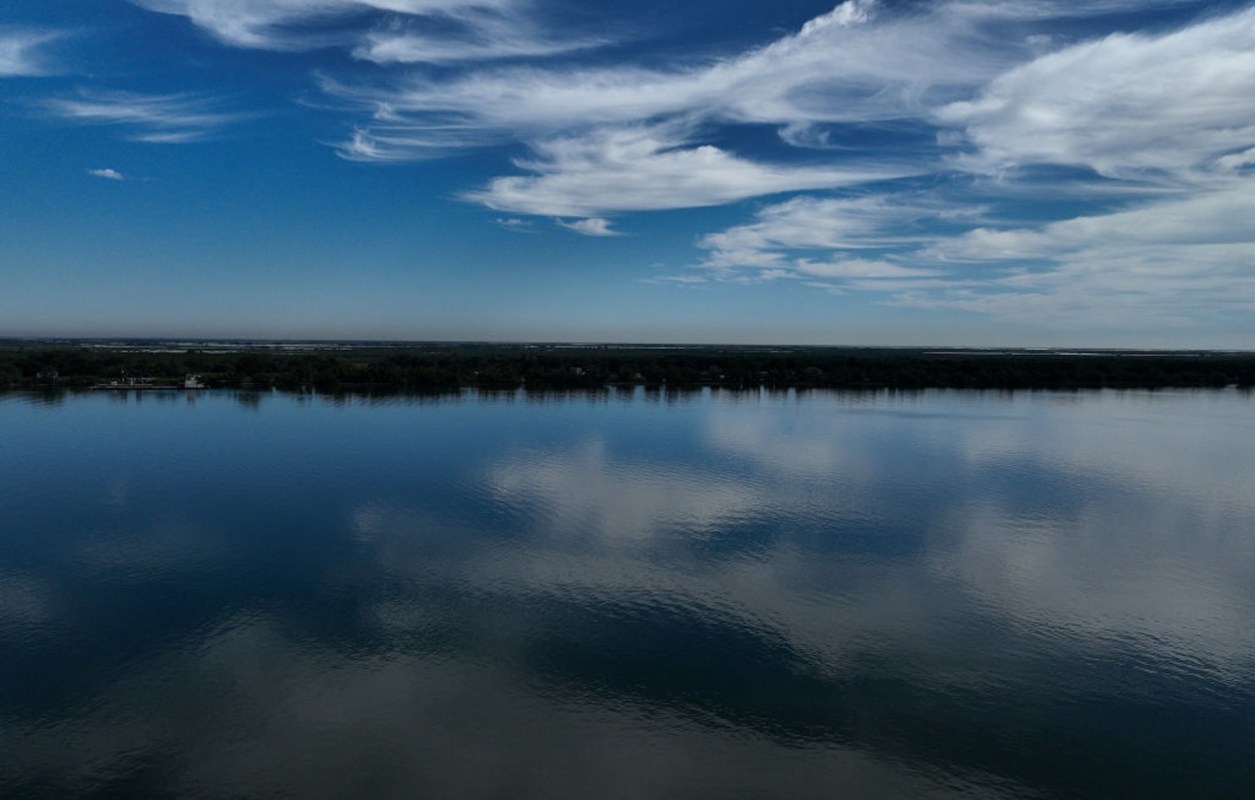Salt is vital for our health and makes just about anything taste better. Someone who has left a salt shaker's lid loose, however, will tell you there can be too much of a good thing.
As Kasha Patel of The Washington Post reported, a study released by the scientific journal Nature Reviews Earth & Environment in October found that human activities over the past 50 years have basically been doing something similar to our environment, causing an "existential threat" to our drinking water.
Sujay Kaushal, a geologist at the University of Maryland and the study's lead author, told Patel that excess salt ions in our waterways, soil, and air are a "sleeping giant" of problems.
"We use water for everything from growing crops to drinking to industrial processes to heating and cooling," Kaushal said. "But when you have salt in the water, it affects all of those things … and it's increasing."
"We are salting the Earth where it shouldn't be salted. We are redistributing salt to places it shouldn't be," added Bill Hintz, an ecologist and University of Toledo professor.
While agriculture, mining, and construction, as well as irrigation around salty lakes all contribute to the salt imbalance in our environment, as Patel pointed out, road salt is a major culprit, with 44% of all salt utilization in the U.S. from 2013 to 2017 related to de-icing roads.
In addition to killing wildlife, road salt can make its way into our soil and pipes, forcing particles of metal into the drinking water — contributing to the lead-contamination crisis in Flint, Michigan, for example.
As Patel noted, some communities have already begun experimenting with alternative de-icers to mitigate the negative effects, such as beet juice, but more work needs to be done. "A beet juice brine, which contains less salt, helps lower the freezing point of ice, sticks to roads more effectively and is better for the environment," Patel wrote, but the beet juice brine does contain some salt nonetheless.
Even though 75% of Earth is covered in water, according to the Environmental Protection Agency, only 3% is freshwater.
Glaciers, ice caps, and snowy mountains house 2% of that drinkable water, and all have been impacted by rising global temperatures, with the melting of glaciers not only contributing to higher sea levels but also causing concerns about our water supply.
The study from Nature Reviews Earth & Environment advocated for us to "identify environmental limits and thresholds for salt ions" and take action before there is "serious or irreversible damage."
"This [road salting] is needlessly damaging roadways and cars, and the runoff is terrible for the environment. There has to be a better way," a commenter on the Post article said.
Join our free newsletter for weekly updates on the coolest innovations improving our lives and saving our planet.









